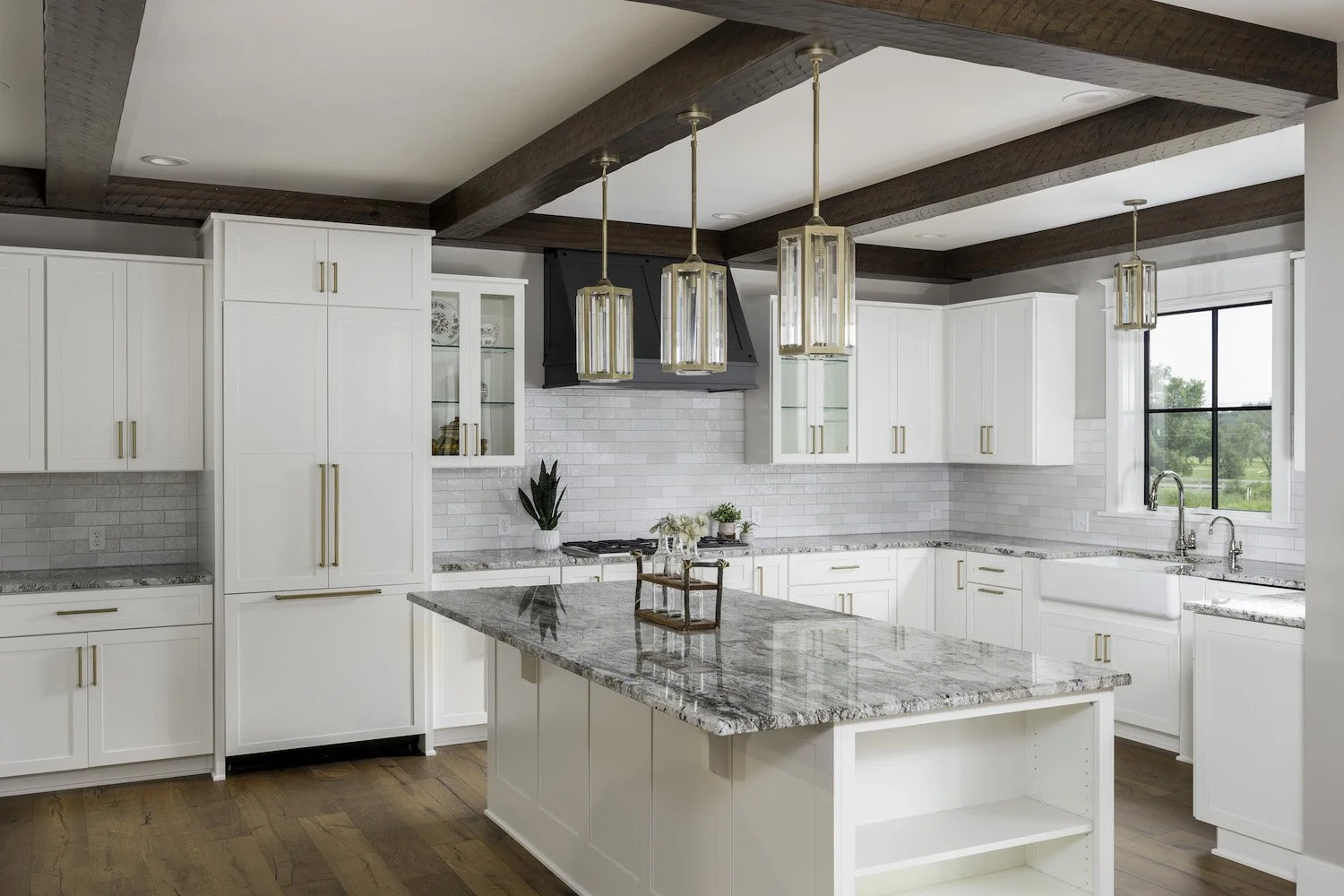Your Guide to Custom Kitchen Cabinet Terminology
When you’re researching what to include in your kitchen remodel, you’re bound to come across a few design terms that make you go “huh?”We’re here to make sure you don’t have to say that.
From toe kicks to face frames and dovetail joinery, the jargon surrounding kitchen cabinetry often makes zero sense to those who are unfamiliar with design terminology. And not only can this be frustrating, it can be a hindrance to your overall kitchen remodel timeline.
Allow us to clear some things up in this blog post—keep reading.
Understanding Kitchen Cabinet Terminology
Having a basic knowledge of custom cabinet terms under your belt will help simplify your remodel process while ensuring you know exactly what you’re purchasing.
A key benefit is that this knowledge can help you communicate clearly with your design team, avoiding confusion that can prolong the process. Just as importantly, kitchen design jargon ensures you don’t make any costly mistakes during the purchasing or renovation process.
On top of that, having a firm understanding of this jargon allows you to conduct better online research when choosing your desired custom cabinet ideas.
So, instead of feeling overwhelmed and a little frustrated, you can enter into the remodel process feeling empowered and confident in your design choices.
Image: Curated Kitchen Co.
Glossary of Popular Kitchen Cabinet Terms
A better understanding of kitchen design jargon means a happier you! Take a look at the popular terms referring to cabinetry below.
Cabinet Styles & Components
Face Frame and Frameless: Kitchen cabinetry with a face frame design feature a wood frame on the front of the door, offering a more traditional look. Frameless kitchen cabinets have a chic, sleeker appearance and can provide more accessible storage space.
Shaker, Flat-Panel and Raised-Panel: Cabinets with a shaker design provide simple elegance, complete with clean lines and a recessed center panel. Flat-panel kitchen cabinetry is completely smooth and perfect for homes featuring minimalist style. Designed with a raised center panel as the name suggested, raised-panel cabinets have a slightly elevated construction and tend to be more decorative.
Toe Kick: The recessed area at the bottom of a cabinet, toe kicks serve both an aesthetic and functional purpose. On one hand, they prevent your feet from bumping against the bottom drawer, and on the other, they provide a visual break between the floor.
Construction & Materials
Plywood vs. MDF vs. Particleboard: Plywood is crafted from thin wood layers, making it the perfect option for higher-quality cabinet boxes. MDF (medium-density fiberboard) and particle board are both crafted from wooden fibers and/or particles. Between the two options, MDF is denser.
Dovetail Joinery: A popular wood crafting technique, dovetail joinery features an interlocking joint in custom cabinetry. On one piece of the wood are wedge-shaped “tails,” and on the other piece of wood are “pins.”
Solid Wood vs. Veneer: Custom cabinets made from solid wood are extremely durable and can be stained, sanded, or refinished. Veneers are made from connecting thin slices of actual wood to a stable core, creating the appearance of authentic cabinetry.
Hardware & Accessories
Soft-Close Hinges: Ideal for kitchens with a contemporary style, soft-close hinges prevent slamming with a built-in mechanism that slows the cabinet door as it closes.
Pull-Outs: Ideal for source racks, lazy susans, and trash bins, pull-outs promote organization in your kitchen layout. Pull-outs are incredibly customizable and can be placed in messy “hot spots” around your culinary hub.
Cabinet Pulls & Knobs: Designed to promote a solid grip, cabinet pulls and kitchen knobs come in countless designs and materials. This makes them not only functional, but the perfect aesthetic piece that pulls your kitchen’s design together.
Image: Wood Harbor
Head Into Your Kitchen Remodel Prepared
When prepping for your kitchen remodel, the endless jargon and terms can seem intimidating. But with the right glossary and guides, it doesn’t have to be. This is key for a smooth, successful remodeling process and can help you communicate clearly with your design team. To learn more about our services, get in touch with our West Palm Beach kitchen design team today.

